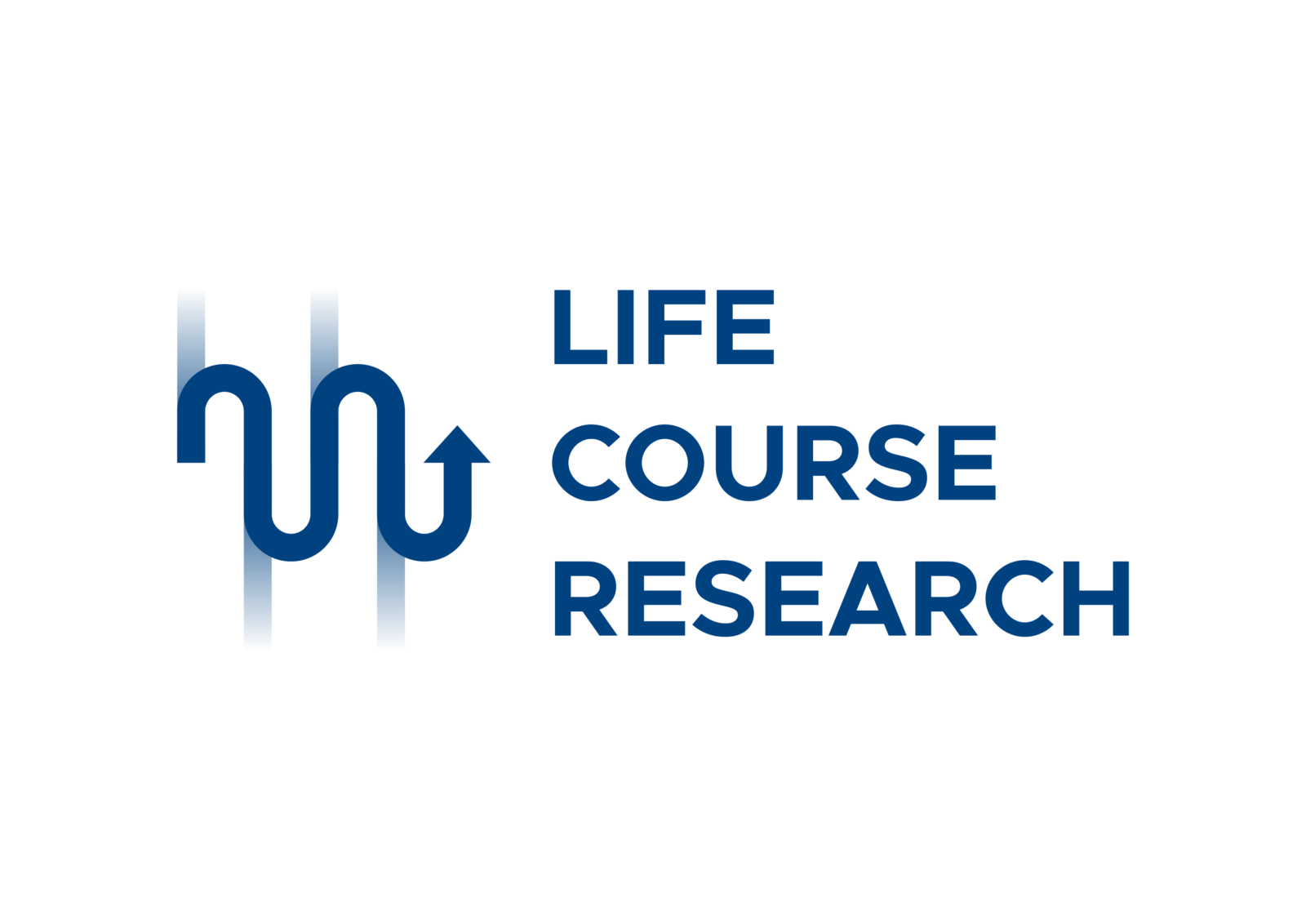Reference
Eileen M. Crimmins. Social hallmarks of aging: Suggestions for geroscience research. Aging Research Reviews, 63 (2020), 101136.
Abstract
Eileen M. Crimmins’s article focuses on the following so-called “social markers of aging”: low socioeconomic status over a lifetime, adversity in childhood and adulthood, minority group membership, unhealthy behaviors, and adverse psychological states. The article presents empirical work comparing these markers to multiple biological indicators of aging (biological markers). Results show that social factors are strongly correlated with physical and cognitive functioning as well as comorbidity in the elderly population.
Background
Lopez-Otin and colleagues (2013) listed nine main factors involved in aging processes: genomic instability, epigenetic alterations, loss of proteostasis (protein homeostasis that can cause neurodegenerative diseases, such as Alzheimer’s), telomere attrition, deregulation of nutrient perception, mitochondrial dysfunction, cellular senescence, stem cell depletion, and altered intercellular communication. More recently, Franceschi and colleagues (2018) focused on what they redefined as the “seven pillars of aging”: epigenetics, metabolism, proteostasis, stem cell regeneration, stress, and macromolecular damage. However, Eileen Crimmins warns that, to account for the high individual variability of aging processes, it is necessary to integrate these biological markers with social factors. The author does not hesitate to call such factors “social markers of aging”. These include: low socioeconomic status, adverse life events, negative psychological states (prolonged stress, depression) and harmful behaviors (obesity, alcohol abuse, smoking).
At the core of the study is the idea that the notion of “aging” is not restricted to the final phase of adult life but can be understood as a long-term process starting in childhood. This implies that the health of individuals in the last years of life are actually conditioned by experiences throughout their lifetime.
The characteristics of the study
Crimmins’ proposal is based on comparing indicators of the main social influences with what can be measured biologically with respect to age-related health conditions. This allows one to see how much of the variability in outcomes is explained by social factors and how much by detected biological factors. To this end, a sample of 1159 individuals was examined. A huge amount of sample data was collected through the 2016 Health and Retirement Study (HRS), a nationally representative study of Americans over age 56. Data was organized into comparison grids that linked four types of health conditions typically associated with aging (physical functioning, cognitive functioning, comorbidities, and mortality) to indicators of social markers and biological markers of aging.
Analysis of results
The overall picture that emerges from the cross-referencing of data between the four health conditions typically related to aging and the social markers of aging leaves no doubt as to interpretation: low social status, adverse circumstances, burdensome psychological states, and particularly harmful health behaviors are all predictive of a highly impaired health status. The interpretation of data becomes more complex when fully incorporating indicators of all of the mechanisms related to the social hallmarks of aging.
That said, the study confirms that variability in human aging is strongly related to social factors; and it remains so when biological parameters are introduced.
Research Perspectives
The results of this empirical work invite serious, focused attention to the social characteristics of human aging. Such social characteristics represent qualitative indicators that could be incorporated into purely biological investigations so as to advance the understanding of aging processes. From Crimmins’ perspective – in order to condition aging processes to this extent – social factors must somehow get “under the skin” of individuals through biological mechanisms. Her hypothesis is that if we were able to capture the underlying biological mechanisms of aging as comprehensively as possible, they would explain social variability.
In conclusion, the author (a gerontologist at the USC Davis School of Gerontology at the University of California) notes that even social scientists are far from coherently incorporating indicators of all the factors linked to the social characteristics of aging. The variables typically considered do not fully capture all aspects of life related to social hardship and deprivation. We should, for example, be able to systematize types of information that can help us discern which specific experiences lead to faster aging.
Bibliography
Franceschi, C., Garagnani, P., Parini, P., Giuliani, C., Santoro, A., 2018. Inflammaging: a new immune-metabolic viewpoint for age-related diseases. Nat. Rev. Endocrinol. 14, 576–590. https://doi.org/10.1038/s41574-018-0059-4. López-Otín, C., Blasco, M.A., Partridge, L., Serrano, M., Kroemer, G., 2013. The hallmarks of aging. Cell 153, 1194–1217. https://doi.org/10.1016/j.cell.2013.05.039.
Edited by Emiliano Loria
Editorial Board Aging Project – UPO




